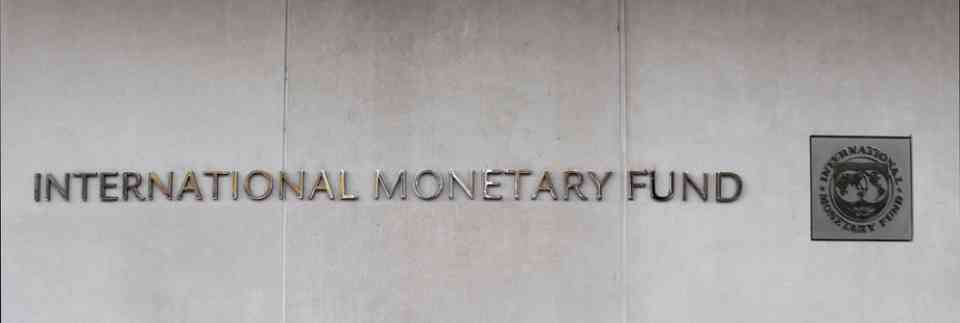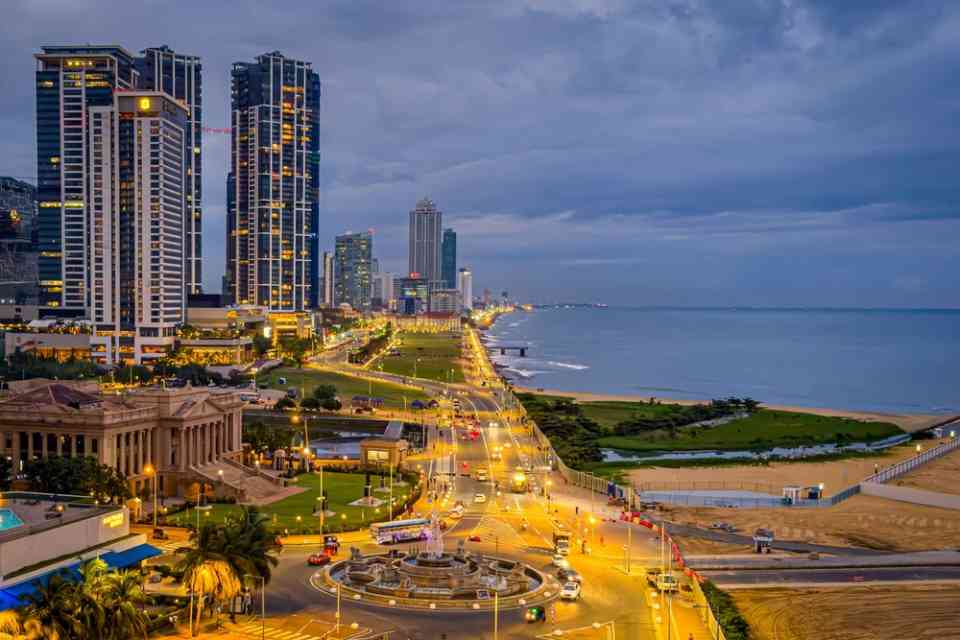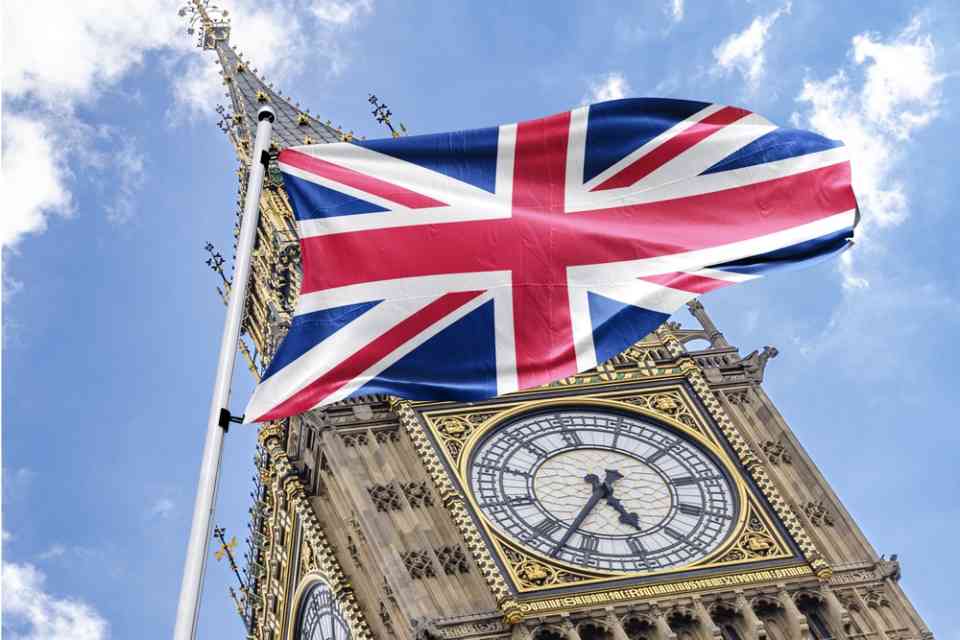From October 10 to 23, a Seminar on Management for Director-Generals of National Meteorological and Hydrological Services (NMHSs) in Developing Countries took place in Beijing and Anhui, China. The event attracted 20 senior officials from the World Meteorological Organization (WMO) and representatives from sectors such as meteorology, hydrology, agriculture, and fisheries in developing nations.
The Seminar addressed topics related to meteorological advancements and international governance, equipping participants with insights into emerging issues such as global meteorological governance, enhanced meteorological services, and industry applications through “meteorology+.” The agenda included lectures, field visits, and other learning activities aimed at improving capabilities in meteorological disaster prevention and response.
Ali Juhaydir, Director General of the Libyan National Meteorological Service (LNMS), shared that LNMS staff frequently attend similar events in China, especially training on satellite imagery, numerical weather prediction, and early warning systems, which he described as beneficial to Libya’s development. Juhaydir noted LNMS’s goal to establish a network of observation stations and an early warning system, adding that LNMS hopes to collaborate with the China Meteorological Administration (CMA) to advance technical research and training initiatives.
KOSMOS EBENEZER AKANDE-ALASOKA, WMO’s Regional Association for Africa representative from Nigeria, recounted sending Seminar photos to his family, who expressed a desire for a similar experience. He characterized the Seminar as a memorable experience he hopes to replicate on future visits to China.
Bernard Edward Gomez, Public Information Officer at WMO from the Gambia, remarked that the engaging lectures reminded him of his own days as a student, finding the shared case studies both persuasive and actionable. He expressed an intention to advocate for these methods at WMO to support meteorological data development and sharing across Africa.
This Seminar was organized by the WMO Regional Training Centre Beijing, the Academy for International Business Officials (AIBO), and the Ministry of Commerce of the People’s Republic of China (MOFCOM).
Have you read?
World’s Best Countries To Invest In Or Do Business.
World’s Most Startup-Friendly Countries.
World’s Best Countries For Quality of Life.
Largest Economies Europe In 2024.
GDP of the BRICS countries (2000 to 2028).
Add CEOWORLD magazine to your Google News feed.
Follow CEOWORLD magazine headlines on: Google News, LinkedIn, Twitter, and Facebook.
Copyright 2024 The CEOWORLD magazine. All rights reserved. This material (and any extract from it) must not be copied, redistributed or placed on any website, without CEOWORLD magazine’ prior written consent. For media queries, please contact: info@ceoworld.biz
CEOWORLD magazine – Latest – Special Reports –











